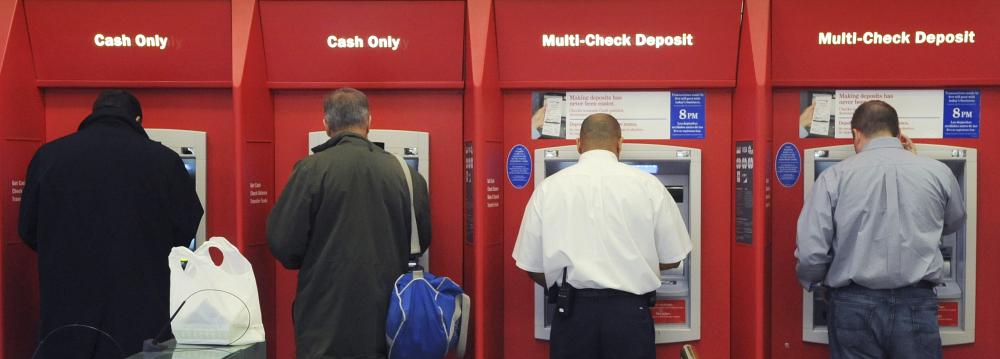By most accounts, the American economy seems to be humming along very nicely. Unemployment just hit a nine-year low, the stock market this month climbed to all-time highs, and consumer confidence is as chipper as its been in two years.
But at least one indicator suggests that much of the US is actually struggling financially: Americans are piling on credit card debt at record levels since the financial crisis, Business Insider reported.
Households added $21.9 billion in credit card debt in the third quarter—the largest increase for that period since 2007—bringing the amount of outstanding credit card debt to $927.1 billion, according to the latest study from WalletHub. That matches the mark in 2007 before the recession began, and it’s the highest tally since the end of 2008, when the global economy was experiencing a full-on implosion.
Racking up credit card debt isn’t inherently bad, so long as it’s being paid back. And so far, Americans are defaulting on their credit card debt at near historically low levels. Charge-off rates—the percentage of credit card debt that the companies are unable to collect on—are only at 2.86%, compared with 3.95% in 2007 the quarter before the Great Recession began and in excess of 10% in the years following the crisis, according to WalletHub.
But holding a balance is a lousy move from a personal finance perspective—a sign of financial fragility. The fact that the average household with debt now owes $7,941 to credit card companies, according to WalletHub, suggests that America’s putative economic strength might be a mirage—that the economy may in fact be a lot weaker than all the happy indicators are leading people to believe.
“I think it is a cause of concern because it says consumers are struggling despite the low unemployment figures,” says Lucia Dunn, an economics professor at Ohio State University. “I think the rise in debt arises from weakness in the economy. People whose incomes have dropped may be trying to maintain an older level of consumption by just charging everything.”
This behavior is not unlike what Dunn saw during the Great Recession, when she was monitoring and researching consumer debt data.
“Credit card (debt) shrank in some sectors because people had their accounts closed. But for our sample who maintained a credit card, credit card debt actually rose. People substituted credit for income,” Dunn says.
So far, Americans are managing to balance their increased credit load without much calamity. But if the trend continues, and defaults start to rise, the American economy could get pretty ugly—indicators and all.
Unprepared for Rate Hike
Last year’s rate hike, the first since 2006, showed consumers just how a small increase affects mortgages, car loans, saving rates, and other forms of interest-sensitive credit. Any additional rate hike, no matter how small, will affect borrowers even more.
Despite the jobs data, the overall US economy appears to be on a less-than-solid footing. Manufacturing jobs are down and the demand, apparently, for waiters and waitresses is way up. In fact, over the last two years, the US economy has made room for 571,000 waiters and waitresses and lost 34,000 manufacturing jobs.
A lack of decent jobs and steady wage growth has led to increased debt. Over the last decade, US household debt has soared 11%, with the average household owing $132,529.
Total US consumer debt, which stands at $12.35 trillion, is expected to reach $12.5 trillion by the end of 2016. This would surpass the total debt of $12.37 trillion in December 2007, when the Great Recession started.
And it’s getting tougher to pay that debt off. Over the last 13 years, the cost of living has increased 30%, but household income is up 28%. The most expensive debt, credit cards, costs the typical household $1,292.00 annually in interest charges. With interest rates expected to rise three times in 2017, that debt burden is going to get even worse.


